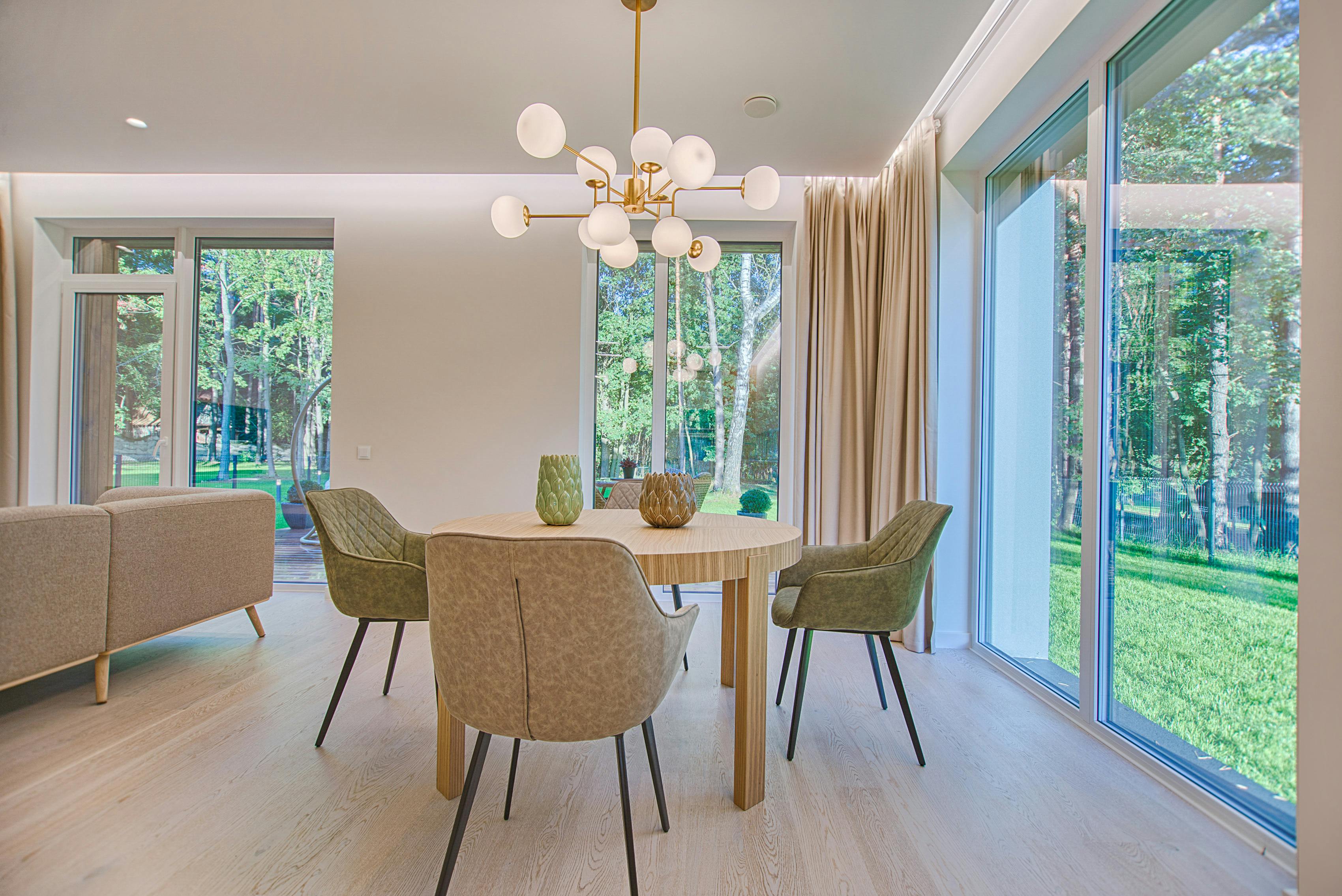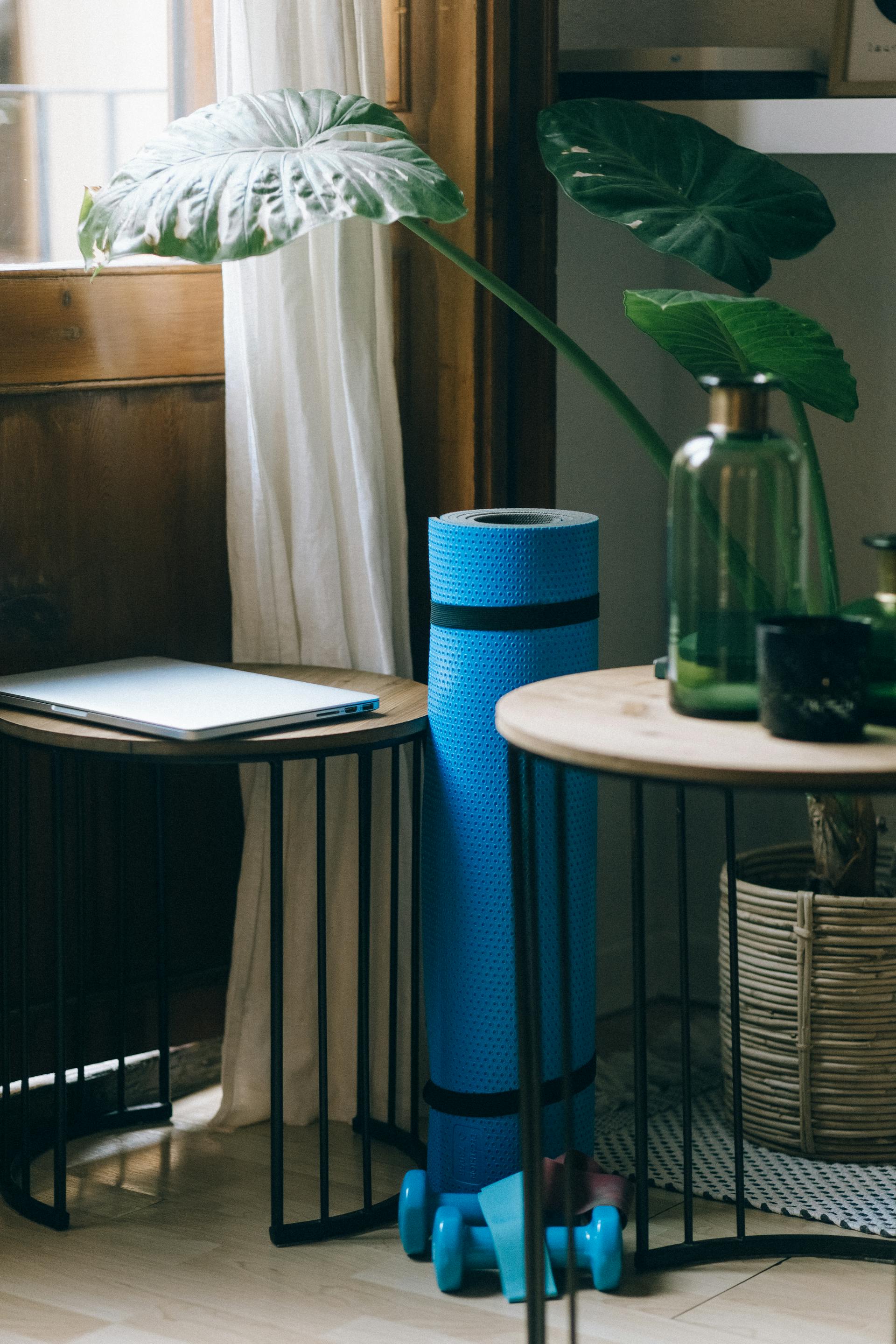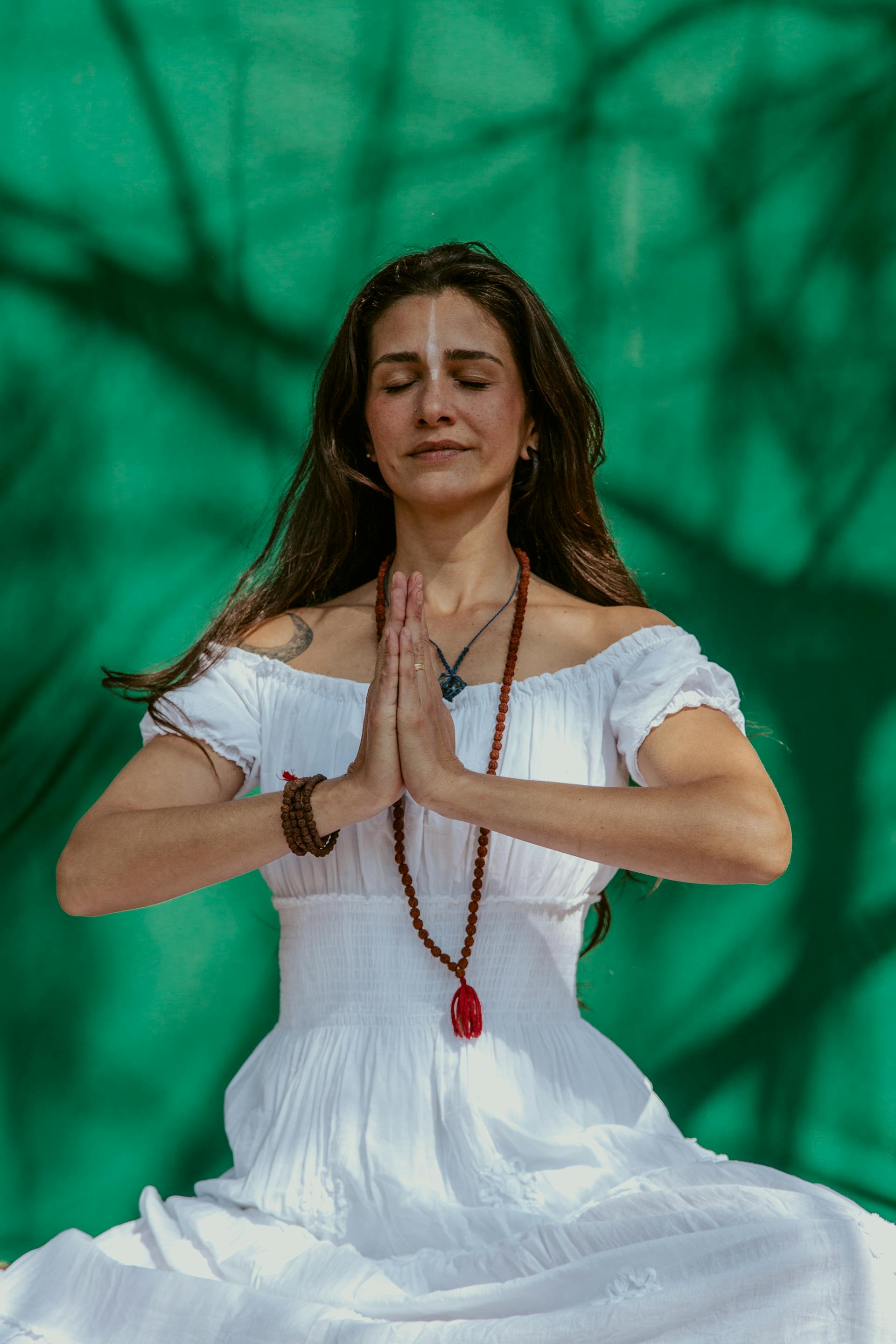Sacred Spaces: How Religion and Spirituality Shape Home Design
Our homes are more than mere shelters - they are reflections of our deepest values, beliefs, and spiritual aspirations. For countless individuals and families worldwide, religious faith and spiritual practices profoundly influence how they design, organize, and inhabit their living spaces. From the placement of sacred objects to the architectural choices that facilitate worship and reflection, spirituality weaves itself into the very fabric of home design in beautiful and meaningful ways.
The Psychology of Sacred Domestic Space
When we consider our homes as extensions of our spiritual selves, every design choice becomes an opportunity for deeper connection with the divine. This psychological approach to home design recognizes that our physical environment significantly impacts our mental, emotional, and spiritual well-being. Spaces that honor our beliefs create sanctuaries where we can retreat from the chaos of daily life and reconnect with what matters most.
Research in environmental psychology supports the idea that thoughtfully designed spaces can enhance meditation, prayer, and contemplation. Colors, textures, lighting, and spatial arrangements all contribute to creating atmospheres conducive to spiritual practice and reflection.
Regional Faith Traditions and Their Design Influences
Southern and Evangelical Traditions
Throughout the American South, faith-centered homes commonly feature dedicated prayer or meditation spaces adorned with crosses, inspirational artwork, or family devotional books. Many families create seasonal displays that reflect religious holidays, transforming their homes to honor different times of spiritual significance throughout the year. The strong tradition of hospitality influences open floor plans and welcoming entryways that invite community and fellowship - a hallmark of Southern home design.
Natural light holds particular significance in these homes, symbolizing divine illumination. Large windows, skylights, and light-colored walls help create bright, uplifting spaces that reflect spiritual enlightenment and hope. Front porches and gathering spaces emphasize the communal aspects of faith and family life.
Middle Eastern and Mediterranean Influences
In areas with Middle Eastern communities, homes traditionally emphasize privacy, modesty, and purification. The need for ritual cleansing before prayer influences bathroom and entryway design, with many families incorporating dedicated washing areas near the entrance. Prayer rugs and directional compasses are essential elements, often accompanied by beautiful geometric patterns and calligraphy that reflect ancient artistic traditions.
The preference for abstract over figurative imagery leads to stunning geometric designs, intricate tile work, and patterns that create visual harmony. Water features and gardens, when possible, reflect appreciation for paradise as described in sacred texts.
South Asian and East Asian Design Elements
Homes influenced by South Asian traditions frequently feature dedicated shrine areas where daily worship and offerings take place. These spaces often face east, considered the most auspicious direction, and incorporate vibrant colors, metallic accents, and fresh flowers. Ancient principles similar to feng shui guide the placement of rooms and objects to promote positive energy flow.
East Asian-inspired homes emphasize simplicity, mindfulness, and connection to nature. Clean lines, uncluttered spaces, and natural materials like wood and stone create environments conducive to meditation and mindful living. Meditation statues, singing bowls, and floor cushions are common features, often arranged in peaceful corners designed for contemplation.
Jewish Traditions
Homes following ancient Middle Eastern traditions often showcase special doorway markers, fulfilling biblical commandments to place sacred words upon the doorposts. The kitchen receives special attention to accommodate dietary laws, with separate areas for different types of food preparation. Many families create beautiful displays for ritual objects like ceremonial candlesticks, blessing cups, and holiday items.
The concept of beautifying religious practice encourages the use of beautiful objects in worship, leading to the incorporation of fine art, handcrafted items, and family heirlooms that honor both tradition and aesthetic beauty.
Universal Spiritual Design Elements
Regardless of specific religious affiliation, certain design elements appear across spiritually-minded homes:
Natural Materials and Biophilic Design: Wood, stone, plants, and natural fibers create connections to the earth and God's creation. These materials often feel more authentic and grounding than synthetic alternatives.
Intentional Lighting: Whether through candles, salt lamps, or carefully positioned natural light, illumination plays a crucial role in creating sacred atmosphere. Soft, warm lighting often promotes contemplation and peace.
Meaningful Art and Symbols: Religious artwork, inspirational quotes, family photographs, and cultural symbols transform houses into homes that tell the story of their inhabitants' spiritual journey.
Quiet Spaces: Dedicated areas for prayer, meditation, or reflection - whether a corner of a bedroom, a garden nook, or an entire room, provide essential retreats for spiritual practice.
Community Gathering Areas: Many spiritual traditions emphasize fellowship and community, influencing the design of kitchens, dining rooms, and living areas that can accommodate groups for meals, study, or celebration.
Creating Your Own Sacred Space
For those looking to incorporate spirituality into their home design, the process begins with reflection. Consider what practices are most important to your spiritual life, what your spiritual routines are, how you celebrate holidays, etc. and how your physical space can support them. This might involve creating a morning meditation corner with comfortable seating and inspiring artwork, establishing a family altar or shrine area, or simply choosing colors and textures that promote the peace and reflection you seek.
Remember that sacred space doesn't require expensive renovations or perfect aesthetics - just something to contemplate when designing or reinventing your home!
Conclusion
The intersection of faith and home design reveals how our spiritual beliefs naturally extend into every aspect of our lives, including the spaces we inhabit. Whether expressed through architectural choices, decorative elements, or the simple arrangement of meaningful objects, our religious and spiritual practices shape our homes into sanctuaries that nurture our souls and support our highest aspirations.
In a world that often feels fragmented and fast-paced, creating homes that honor our spiritual values provides grounding, meaning, and daily reminders of what we hold most dear. These sacred domestic spaces become not just places to live, but places to thrive spiritually, emotionally, and relationally - true sanctuaries in every sense of the word.
related articles

Cozy but Minimal: The ease of design for the comfortably clean

The Healthy Home Revolution


